The interior designer or decorator dilemma: How to make the right choice for your project
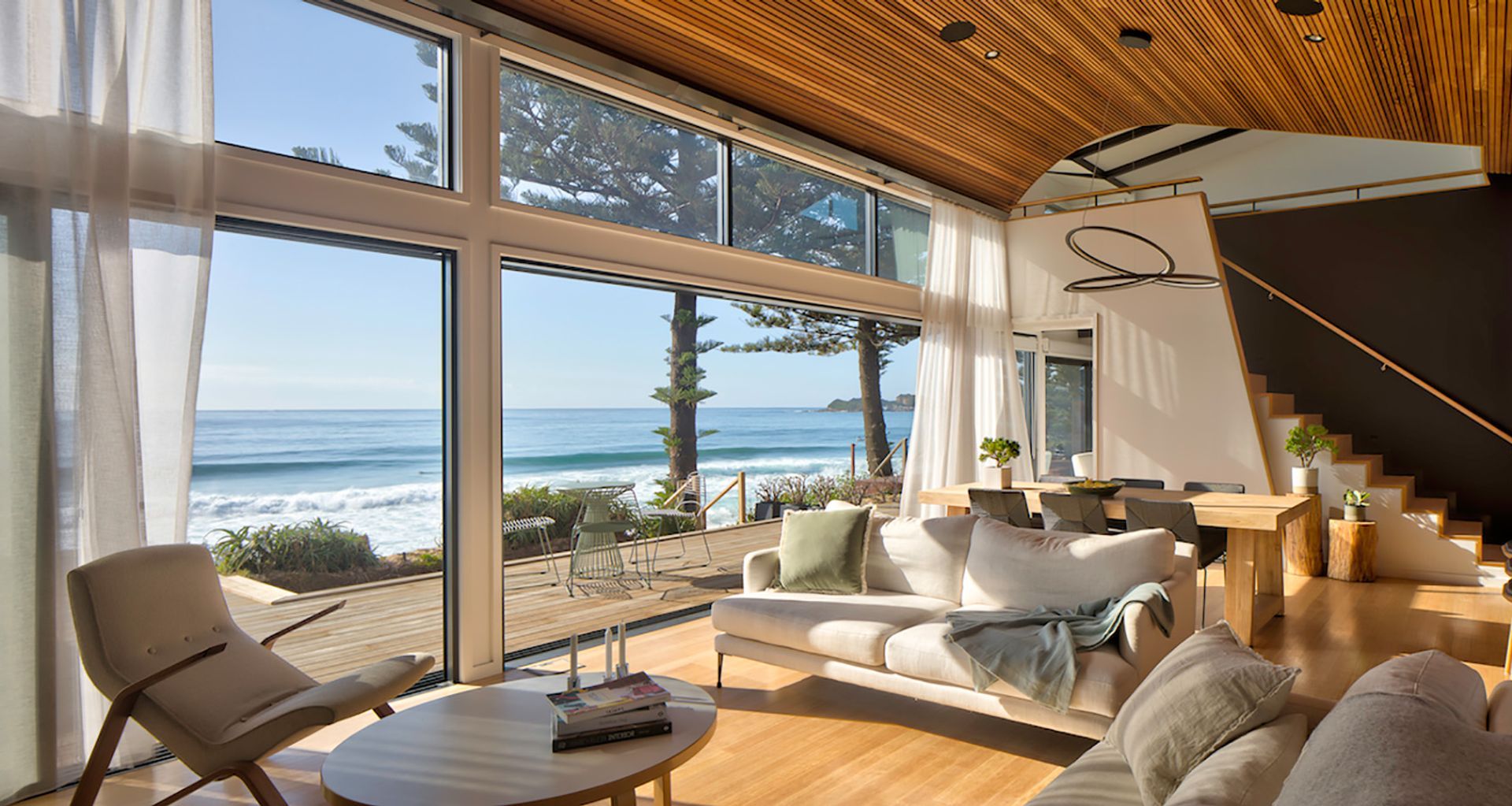
It’s common to feel uncertain about hiring an interior designer or a decorator, as the distinctions between the two roles can be less obvious than they seem. While both aim to enhance your space, certain aspects of their roles differ greatly. To avoid unnecessary complications, aligning your project's needs — whether functional upgrades or visual enhancements with the right expert is important.
What is an interior designer?
An interior designer is a professional who combines creativity and technical skills to design functional, visually appealing indoor spaces. These designers work on residential, commercial, and community projects, considering layout, lighting, and furnishings while ensuring functionality and aesthetics. They collaborate with architects and clients from the planning stages to completion, focusing on aesthetics, efficiency, sustainability, and compliance with local regulations like the National Construction Code (NCC).
Roles and responsibilities of an interior designer
Interior designers take on many tasks that extend beyond aesthetics. In Australia, their responsibilities typically include:
- Space planning: Optimising layouts to meet functional needs and adjusting structural elements like lighting and plumbing.
- Collaboration: Working with architects and contractors to ensure cohesive designs.
- Material selection: Choosing furniture, fixtures, and finishes that align with the budget and design goals.
- Compliance: Ensuring designs meet local building codes like the NCC.
- Sustainability: Incorporating eco-friendly materials and practices.
- Lighting design: Selecting lighting fixtures to balance ambience and functionality.
- Project management: Overseeing timelines and budgets.
- Visuals: Creating 2D/3D mockups or mood boards to showcase design ideas.
Costs
Hiring an interior designer in Australia can be a significant investment, but one that ensures a well-executed, functional space. The cost of hiring an interior designer can vary depending on the designer's experience, the scope of the project, and the location. Common pricing structures include:
- Hourly rates: These usually fall between $50 and $500 per hour. Entry-level designers typically charge around $50 to $90 per hour; mid-level professionals range from $100 to $300, while senior designers may command $300 or more per hour.
- Flat fees: A single, fixed fee often applied to smaller, straightforward projects.
- Percentage of project cost: Some designers charge a percentage of the total project cost, ranging from 10% to 30%.
- Location: Areas like South Australia, New South Wales, and the ACT have higher interior design hourly rates than other regions.
Process of working with an interior designer
Working with an interior designer typically follows a structured approach, guiding you from initial consultation to final installation and follow-up.
- Consultation and site assessment: The designer meets with you to discuss your needs, preferences, budget, and project scope. This is followed by a site visit to assess the space, take measurements, and note any structural details.
- Concept development: Using insights from the consultation and site assessment, the designer creates a concept, often including sketches or digital renderings.
- Design presentation and approval: The proposed design is presented, detailing materials, layout, and choices for your feedback and approval.
- Detailed planning: Once approved, the designer finalises detailed plans, including floor plans, elevations, and material specifications.
- Budget and procurement: A budget is outlined, and the designer sources materials and furnishings, coordinating with suppliers.
- Project management and installation: The designer oversees the project, managing contractors and ensuring the design is executed on time and within budget, followed by the final installation and styling.
- Final walkthrough and follow-up: A final walkthrough ensures satisfaction, with post-completion follow-up for any adjustments.
Related article: What do interior designers do? Understanding their work, from concept to completion
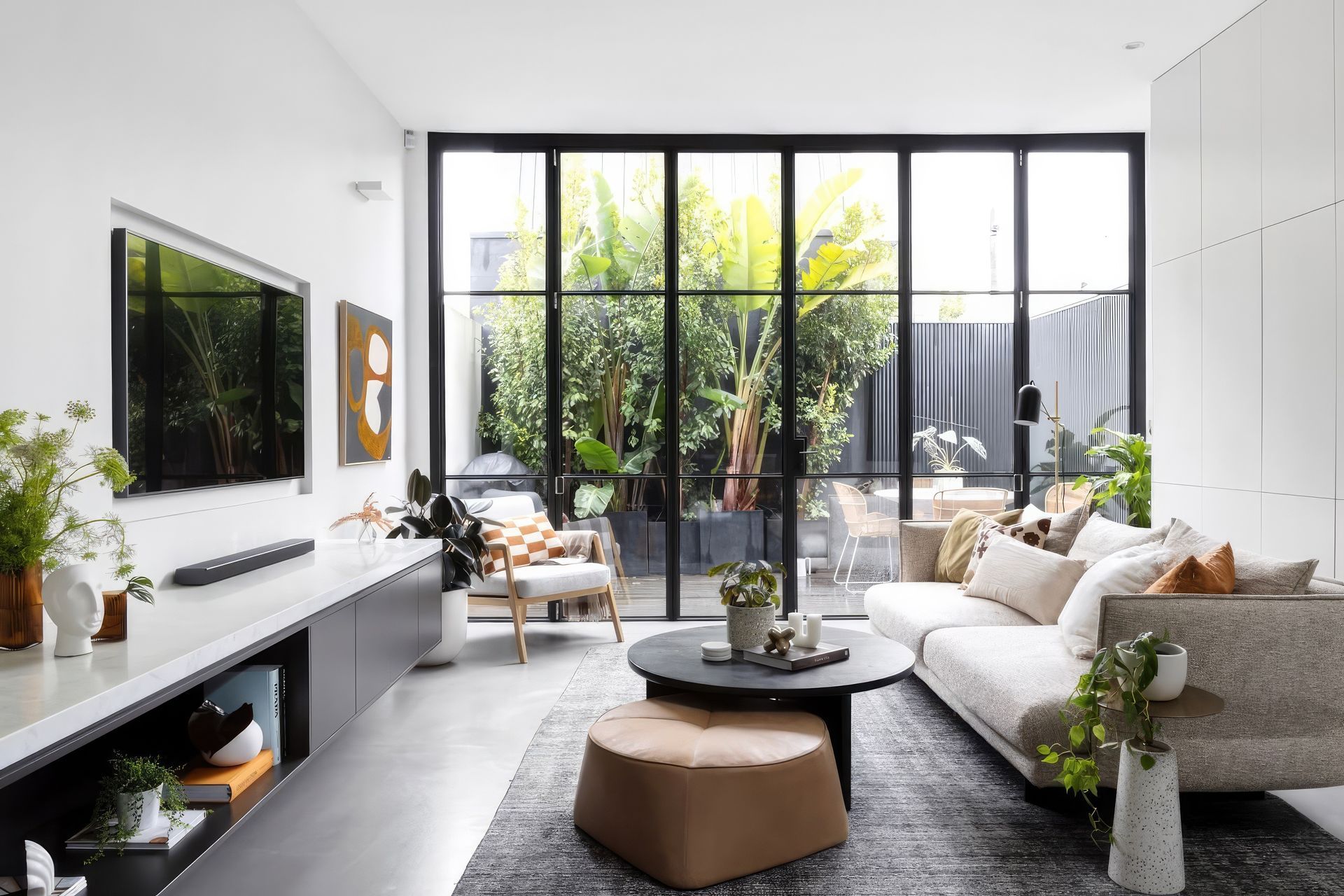
What is an interior decorator?
An interior decorator focuses primarily on the aesthetic aspects of a space, enhancing its visual appeal without making structural changes. Like designers, decorators work on residential, commercial and community projects, selecting colour schemes, furniture, fabrics, and accessories to create a cohesive look. Their role is more about styling a space than redesigning its layout or functionality. While decorators don’t typically need formal qualifications, many have extensive experience or training in design principles, colour theory, and space aesthetics. Decorators usually come into a project after completing structural work, helping clients bring their vision to life by adding the finishing touches that reflect their style and preferences.
Roles and responsibilities of a decorator
Decorators focus on enhancing the visual feel of a space. Their responsibilities include:
- Colour selection: Choosing paint colours, wallpaper, and finishes to set the tone of a room.
- Furniture selection: Sourcing furniture that aligns with the client’s style and budget.
- Accessories and décor: Adding items like rugs, artwork, cushions, and lighting to complement the overall design.
- Styling: Arranging furniture and décor elements to maximise the space’s aesthetic potential.
- Theme development: Creating a cohesive theme or mood for a room, whether modern, traditional, minimalist, or eclectic.
- Consultation: Offering design advice for clients who want to make their own changes but need aesthetic guidance.
Costs
Hiring a decorator is generally less expensive than an interior designer, as they work mainly on the surface level without making structural changes. Typically, you can expect a decorator to charge between $50 to $200 per hour.
Process of working with a decorator
Working with a decorator is a step-by-step journey that transforms your space. It starts with an initial consultation and ends with a beautifully styled and personalised finish.
- Initial consultation: Meet with the decorator to discuss your vision, style preferences, budget, and the scope of the project. Share any specific inspirations or ideas to guide the design direction.
- Space evaluation: The decorator assesses your space, takes measurements, and evaluates lighting, furniture, and overall functionality to plan the best design solutions.
- Design proposal: A design concept, including colour schemes, furniture selections, materials, and decor, is presented. You’ll receive mood boards and cost estimates for review and approval.
- Budget and timeline agreement: Finalise the project’s budget, factoring in furniture, materials, and labour. A clear timeline for the design and installation process is established.
- Sourcing and purchases: The decorator sources and purchases items like furniture, fabrics, and accessories, often working with vendors and showrooms to get the best deals.
- Installation and styling: The decorator oversees the installation, places the decor, and styles the space for the final look.
- Final walkthrough: A walkthrough ensures everything meets your expectations, with any final adjustments made as necessary.
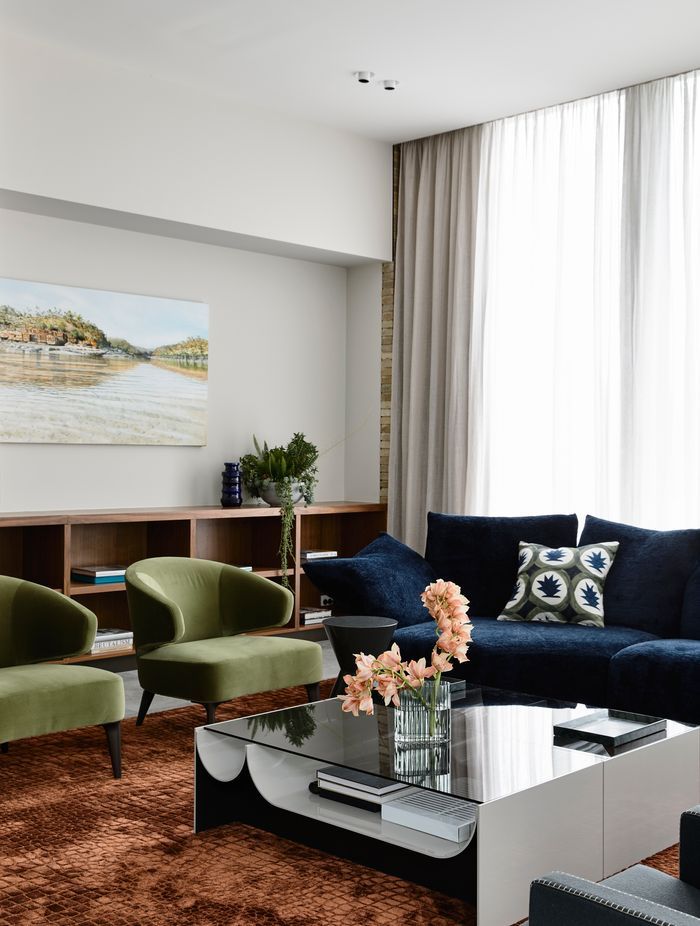
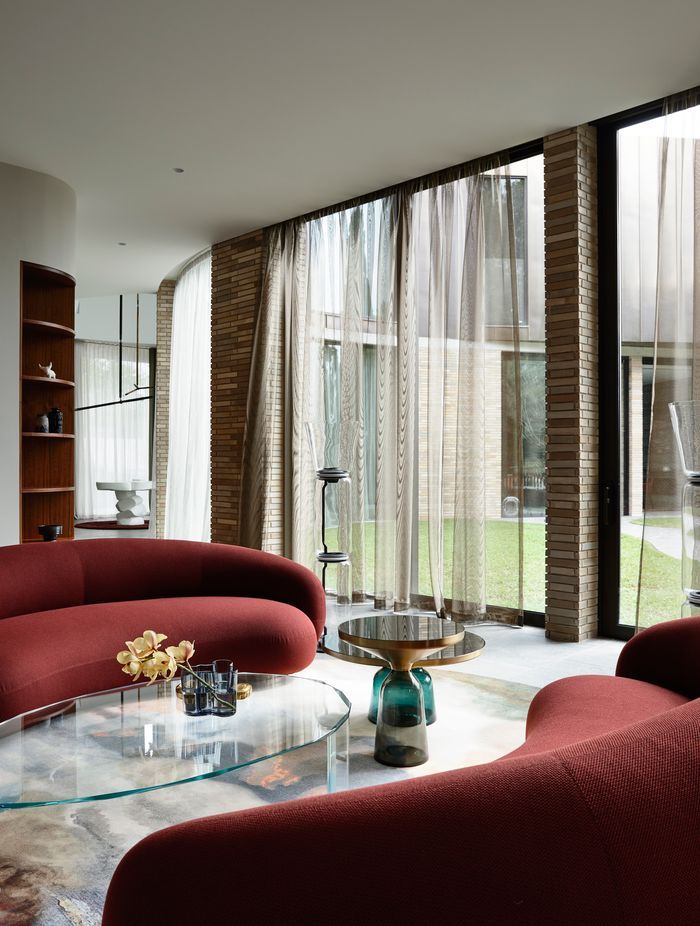
The difference between interior designers and decorators
Although interior designers and decorators are involved in enhancing indoor spaces' look and feel, their roles, responsibilities, and expertise differ significantly.
When to hire an interior designer
- New builds/renovations: Interior designers manage layouts, functionality, lighting, and materials for practical, stylish spaces.
- Structural changes: Designers handle technical aspects like moving walls or plumbing while keeping your vision intact.
- Compliance: They ensure projects meet safety standards and local building codes
- Custom designs: Designers create unique spaces with custom furniture and bespoke elements.
When to hire an interior decorator
- Cosmetic updates: A decorator refreshes your space by selecting furnishings, colour schemes, and décor elements like rugs, artwork, and lighting.
- Styling execution: Decorators bring your style vision to life with a cohesive design.
- Budget-friendly: More cost-effective than designers, decorators focus on visual updates without structural changes.
- Home staging/seasonal décor: Decorators can style your home for sale or add seasonal touches for special occasions.
When to hire both
Hiring an interior designer and a decorator is ideal for projects like significant renovations or new builds, where structural changes and aesthetic upgrades are needed. Designers manage the functional aspects, such as layout and construction, while decorators focus on the finishing touches, ensuring a cohesive and well-styled space. This collaboration also improves time efficiency, as both professionals can work simultaneously to streamline the project.
Benefits of hiring both:
- Expertise in both functionality and style.
- Cohesive, balanced design and décor.
- Faster project completion through simultaneous work.
Key considerations
Consider your project's needs when deciding between interior designers and decorators. If improving functionality or space efficiency is key, a designer is essential, while a decorator is ideal for purely aesthetic updates. Budget and timeline also matter — designers usually handle larger, longer-term projects with higher costs, while decorators offer quicker, more budget-friendly solutions for styling without structural changes.
- Choose an interior designer for functionality or space efficiency.
- Pick a decorator for purely aesthetic updates.
- Interior designers are more expensive due to larger-scale, structural projects.
- Decorators are budget-friendly and ideal for quick visual refreshes.
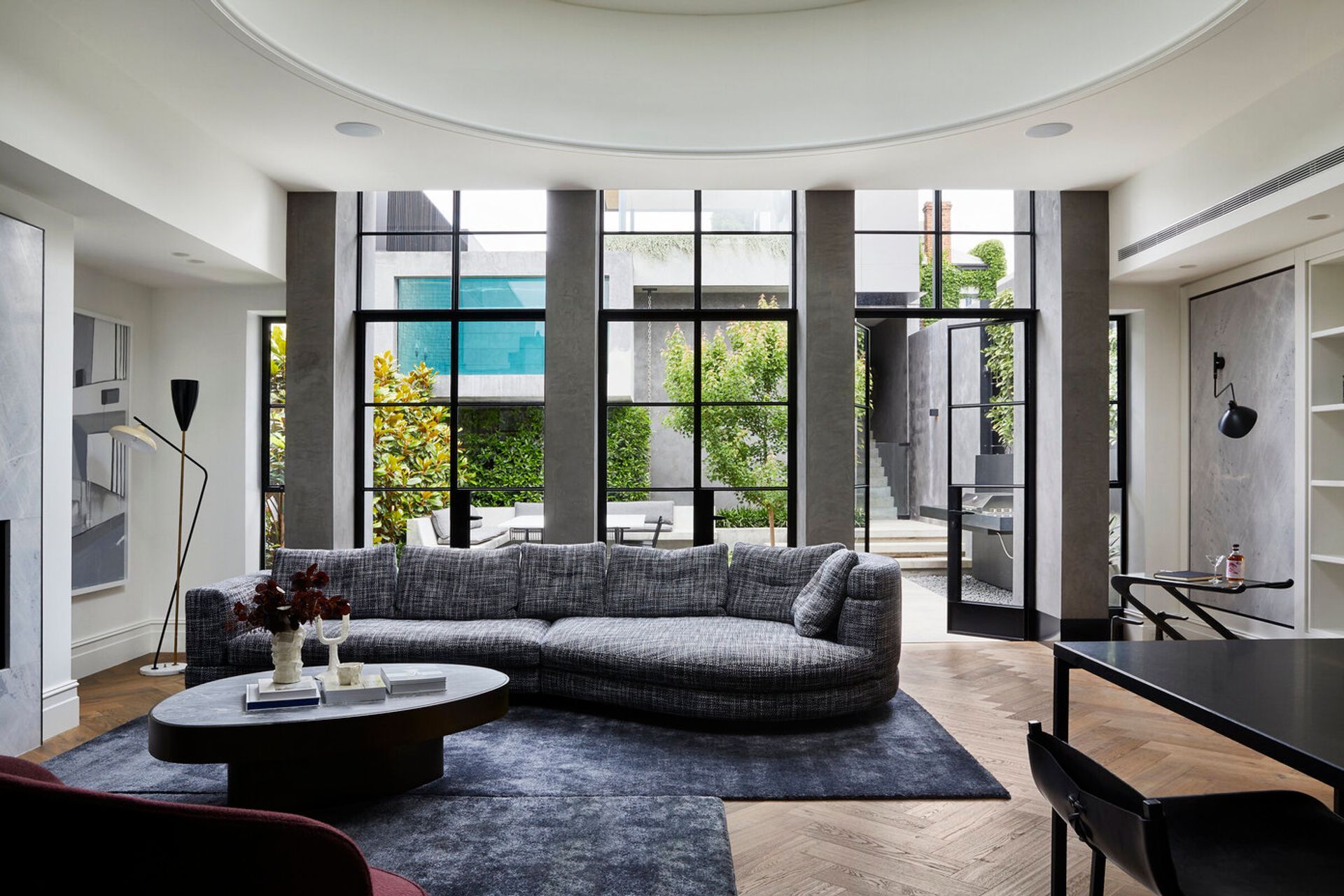
How to choose the right interior designer or decorator
Selecting the right professional—whether an interior designer or decorator—is essential to achieving your vision and ensuring a seamless project experience. Consider these factors when making your decision:
- Review portfolios: Examine past projects to ensure their style aligns with your vision for the space.
- Check client reviews and references: Look at testimonials or request references to gauge their professionalism, work ethic, and client satisfaction.
- Discuss budget transparency: Ensure the professional is upfront about fees and can work within your budget.
- Assess communication skills: Choose someone who listens to your needs and communicates clearly to foster smooth collaboration.
- Confirm project understanding: They fully understand your requirements and can meet your expectations.
- Education and Professional Memberships: A decorator with formal training from institutions like Billy Blue College of Design and membership in the Decorators' Association of Australia shows expertise in design principles and a commitment to industry standards.
- Streamline the process: Utilise online platforms like ArchiPro to easily research different professionals, and their portfolios, and find their contact details.
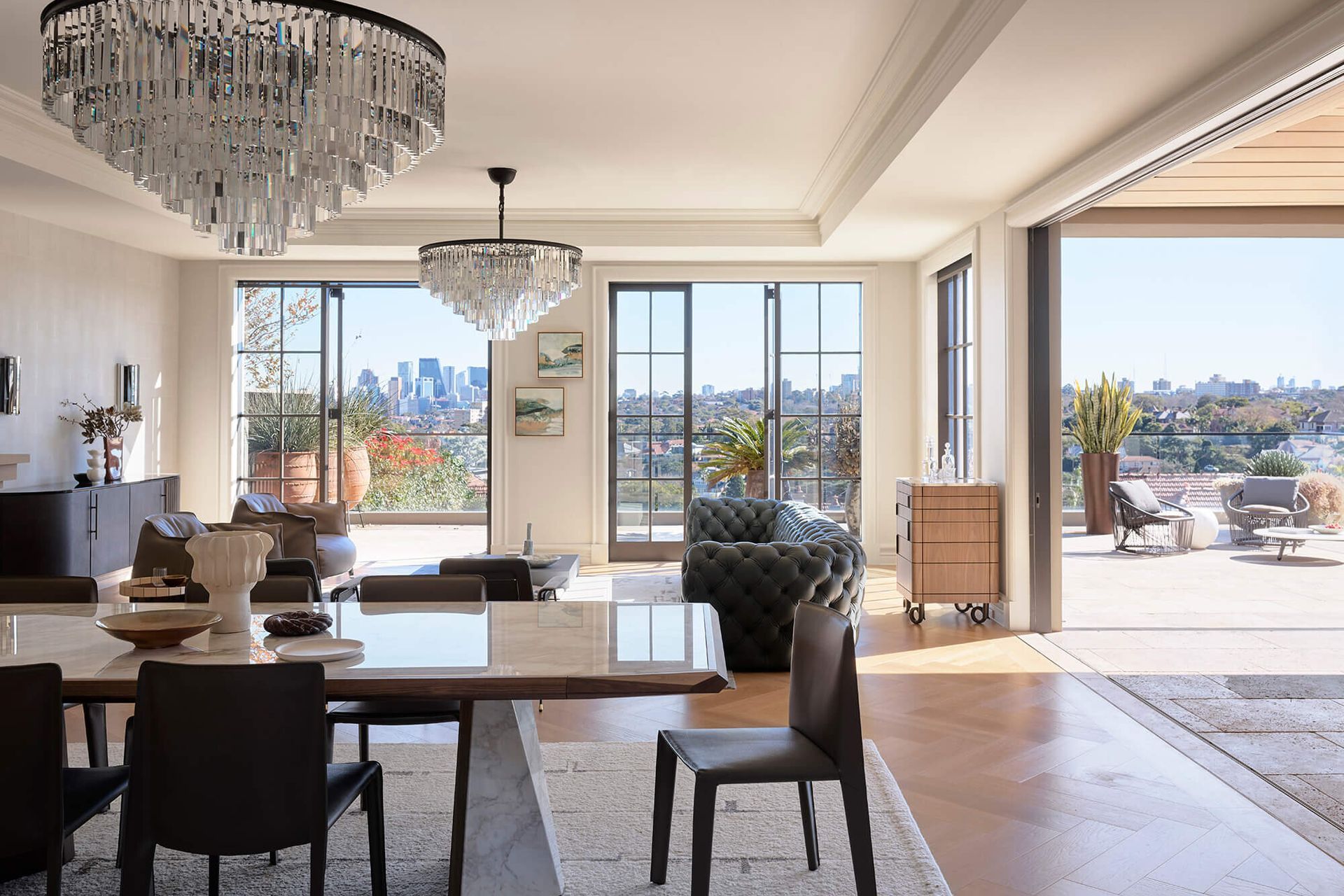
Hire the right professional for your next project
Whether to hire an interior designer, a decorator, or both depends on your project's needs and budget. An interior designer must blend function with aesthetics if structural changes, space planning, or code compliance are involved. A decorator is the right choice if you simply update a room's look with new furnishings and accessories. Hiring both for major projects like new builds or renovations ensures a perfect balance between functionality and style. Understanding their roles will help you make the best decision for your space.
Key takeaways:
- Interior designers: Best for structural changes, space planning, and compliance.
- Decorators: Ideal for aesthetic updates, furniture selection, and finishing touches.
- Both: Recommended for significant projects that require both functionality and style.
With the right expert, your dream space can become a reality, blending form and function effortlessly.
Related article: What do architects do? An essential read before your next project
